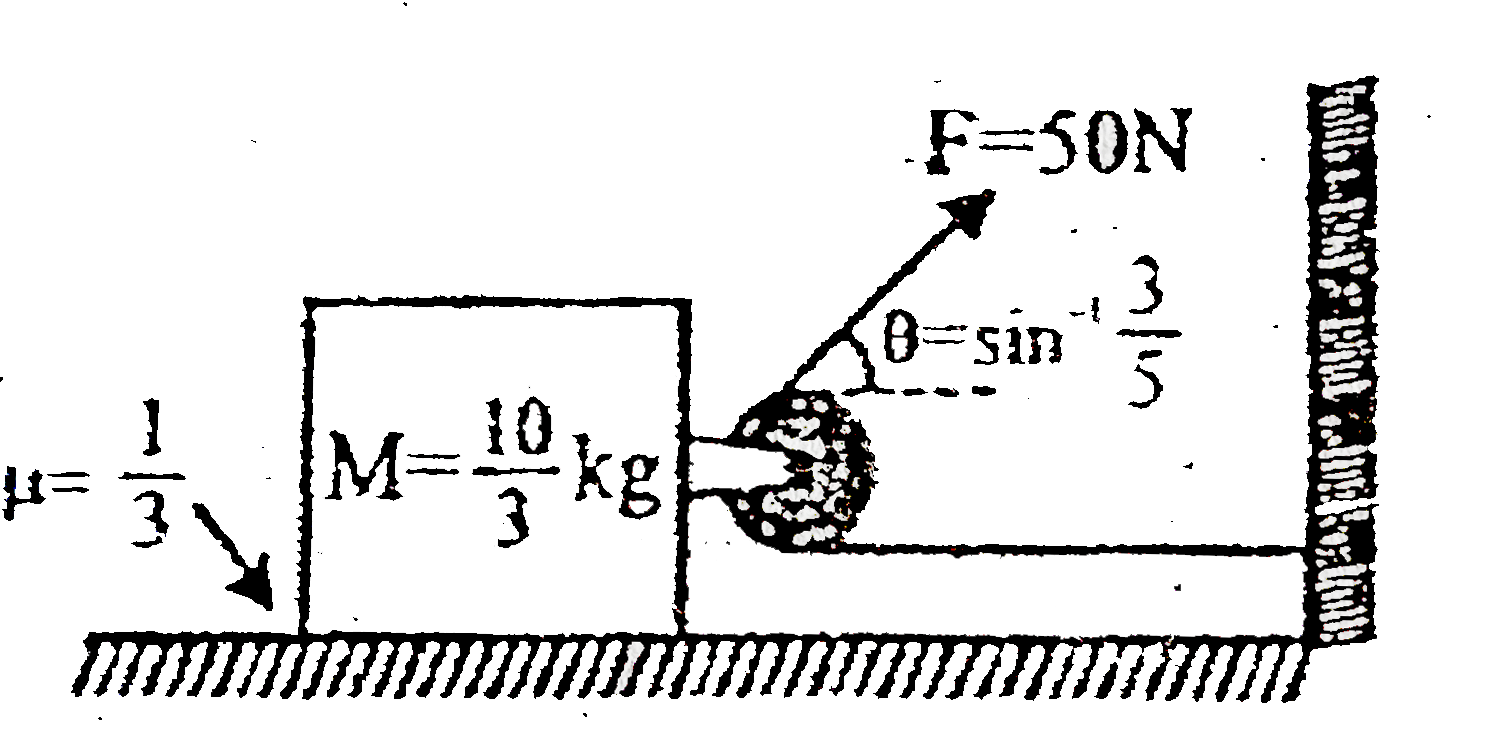A person in an elevator accelerating upwards with an acceleration of 2ms−2 , tosses a coin vertically upwards with a speed of 20ms−1 . After how much time will the coin fall back into his hand ? (g = 10 ms−2)
To solve the problem, we need to analyze the motion of the coin tossed in the accelerating elevator. Here’s a step-by-step breakdown of the solution:
Step 1: Understand the scenario
A person in an elevator is accelerating upwards with an acceleration of a=2m/s2. The coin is tossed upwards with an initial velocity u=20m/s. We need to find the time t it takes for the coin to return to the person's hand.
Step 2: Determine the effective acceleration
Since the elevator is accelerating upwards, the effective acceleration acting on the coin (when viewed from the elevator's frame of reference) will be the sum of gravitational acceleration g and the elevator's acceleration a.
Given:
- g=10m/s2
- a=2m/s2
The effective acceleration aeff acting on the coin is:
aeff=g+a=10+2=12m/s2
Step 3: Apply the second equation of motion
We will use the second equation of motion to find the time of flight. The equation is given by:
s=ut+12aefft2
Where:
- s is the displacement (which is 0 when the coin returns to the hand),
- u is the initial velocity,
- t is the time,
- aeff is the effective acceleration.
Since the coin returns to the person's hand, the total displacement s=0. Substituting the values we have:
0=20t−12(12)t2
Step 4: Rearranging the equation
Rearranging the equation gives:
0=20t−6t2
Factoring out t:
t(20−6t)=0
Step 5: Solve for t
This gives us two solutions:
1. t=0 (the time at which the coin is tossed),
2. 20−6t=0 which simplifies to:
6t=20⟹t=206=103s≈3.33s
Final Answer
The time taken for the coin to fall back into the person's hand is approximately 103s or 3.33s.
---
A person in an elevator is accelerating upwards with an acceleration of a=2m/s2. The coin is tossed upwards with an initial velocity u=20m/s. We need to find the time t it takes for the coin to return to the person's hand.
Since the elevator is accelerating upwards, the effective acceleration acting on the coin (when viewed from the elevator's frame of reference) will be the sum of gravitational acceleration g and the elevator's acceleration a.
- g=10m/s2
- a=2m/s2
aeff=g+a=10+2=12m/s2
We will use the second equation of motion to find the time of flight. The equation is given by:
s=ut+12aefft2
Where:
- s is the displacement (which is 0 when the coin returns to the hand),
- u is the initial velocity,
- t is the time,
- aeff is the effective acceleration.
0=20t−12(12)t2
Rearranging the equation gives:
0=20t−6t2
Factoring out t:
t(20−6t)=0
This gives us two solutions:
1. t=0 (the time at which the coin is tossed),
2. 20−6t=0 which simplifies to:
6t=20⟹t=206=103s≈3.33s
The time taken for the coin to fall back into the person's hand is approximately 103s or 3.33s.
Topper's Solved these Questions
- DYNAMICS OF A PARTICLEBOOK - VMC MODULES ENGLISHCHAPTER - DYNAMICS OF A PARTICLEEXERCISE - LEVEL 0 (LONG ANSWER TYPE)
4 Videos
- DYNAMICS OF A PARTICLEBOOK - VMC MODULES ENGLISHCHAPTER - DYNAMICS OF A PARTICLEEXERCISE - LEVEL 1
75 Videos
- DYNAMICS OF A PARTICLEBOOK - VMC MODULES ENGLISHCHAPTER - DYNAMICS OF A PARTICLEEXERCISE - LEVEL 0 (SHORT ANSWER TYPE - I)
7 Videos
- DC CIRCUITBOOK - VMC MODULES ENGLISHCHAPTER - DC CIRCUITEXERCISE - JEE ADVANCED ARCHIVE
68 Videos
- ELECTROMAGNETIC INDUCTION & ALTERNATING CURRENTBOOK - VMC MODULES ENGLISHCHAPTER - ELECTROMAGNETIC INDUCTION & ALTERNATING CURRENTEXERCISE - IN-CHAPTER EXERCISE-G
10 Videos
Similar Questions
A pebble is thrown vertically upwards with a speed of 20 m s−1. How high will it be after 2 s? (Take g = 10 m s−2)
View SolutionFrom a lift moving upwards with a uniform acceleration a = 2ms–2, a man throws a ball vertically upwards. with a velocity v = 12ms−1 releative to lift the ball comes back to the man after a time t find. t
View SolutionIn a given figure the acceleration of M is (g=10ms−2)

View SolutionA scooter starts from rest have an acceleration of 1ms−2 while a car 150 m behind it starts from rest with an acceleration of 2ms−2. After how much time the car catches up with the scooter ?
View SolutionA body is projected at an angle of 30∘ with the horizontal and with a speed of 30ms−1. What is the angle with the horizontal after 1.5s ? (g=10ms−2).
View SolutionA ball is thrown vertically upwards from the ground with a speed of 25.2ms−1. How long does it take to reach its highest point and how high does it rise ? (Take g=9.8ms−2)
View SolutionAn object Is vertically projected with an initial velocity of 20ms−1.Calculate the distance travelled by the object in 3 seconds.(g=10ms−2)
View SolutionAn elevator weighing 6000 kg is pulled upward by a cable with an acceleration of 5ms−2 . Taking g to be 10ms−2 , then the tension in the cable is
View SolutionA person in lift which ascents up with acceleration 10ms−2 drops a stone from a height 10 m. The time of decent is [g=10ms−2]
View SolutionA man of mass 60 kg climbed down using an elevator . The elevator had an acceleration of 4ms−2 . If the acceleration due to gravity is 10ms−2 , the man's apparent weight on his way down is
View Solution
